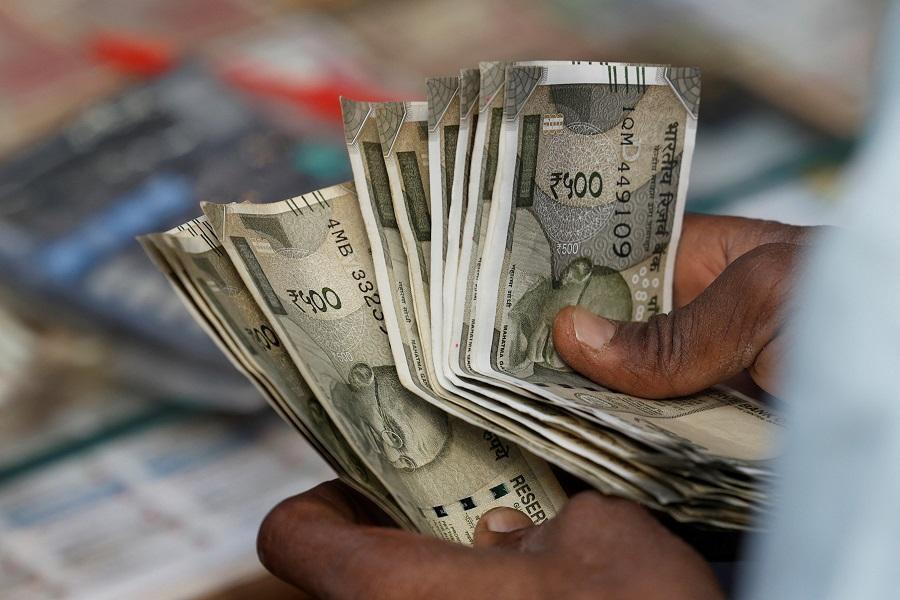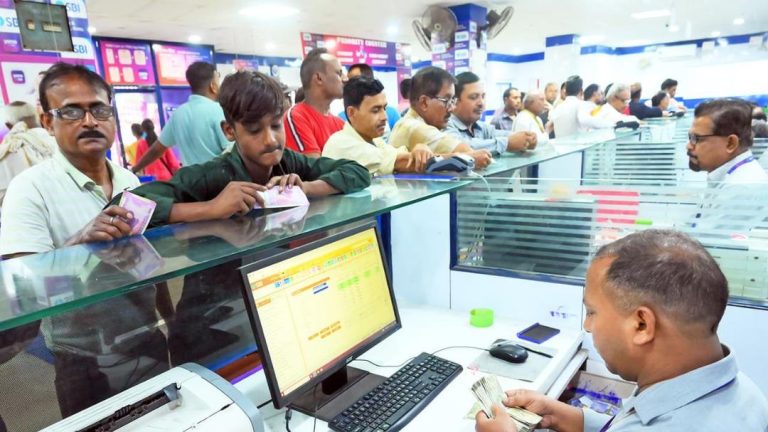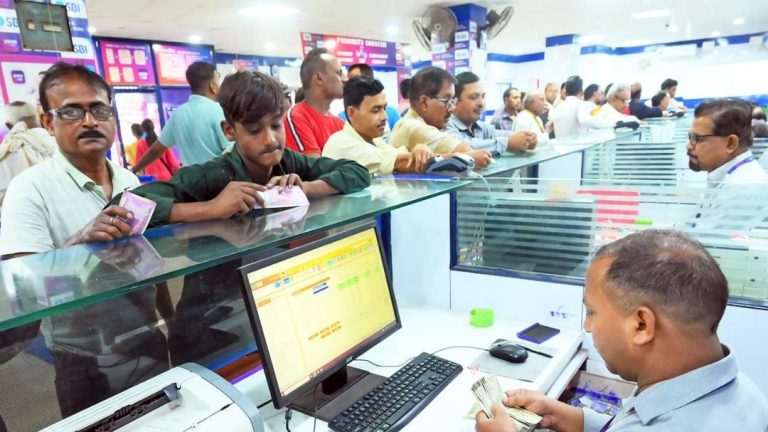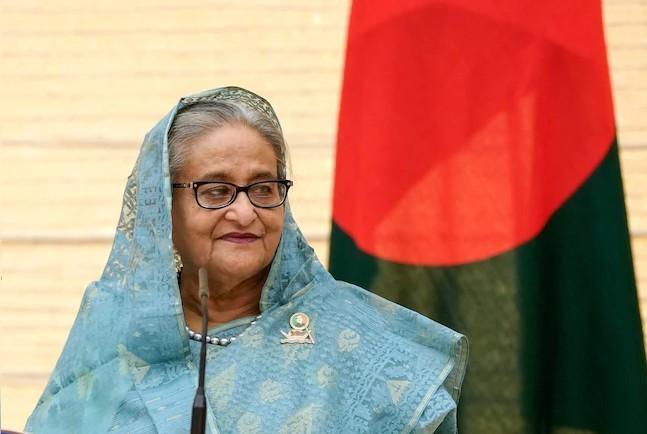
Rupee Set to Open Weaker as Trump Threatens 25% Tariff on Exports
The Indian rupee is expected to open weaker on Thursday, following a threat by U.S. President Donald Trump to impose a 25% tariff on Indian exports. This development has sent shockwaves through the financial markets, with traders anticipating a weaker rupee against the US dollar.
The threat by Trump comes despite ongoing talks between the two countries to resolve their trade disputes. The rupee has been under pressure in recent weeks, with the 1-month NDF suggesting an opening range of 87.66-87.69 against the US dollar, compared to 87.42 previously.
The Reserve Bank of India (RBI) may intervene to stabilize the rupee, which has been edging closer to its record low of 87.95. The central bank has been proactive in managing the currency, with some traders expecting it to step in to prevent a sharp decline.
The US President’s threat to impose a 25% tariff on Indian exports is a significant development, as it has the potential to impact India’s economy. The country’s exports to the US are valued at over $50 billion, and a tariff of this magnitude could lead to a significant decline in trade volumes.
The Indian government has been trying to negotiate a trade deal with the US, but the talks have been stalled due to disagreements over issues such as tariffs and intellectual property rights. The threat by Trump is seen as a ploy to put pressure on India to make concessions, but it has had the opposite effect, with traders and investors becoming increasingly bearish on the rupee.
The rupee’s weakness is not limited to the threat by Trump, as it is also being driven by broader market trends. The Indian currency has been under pressure due to a widening trade deficit and a surge in crude oil prices. The country’s import bill has been rising due to a surge in oil prices, which has put pressure on the rupee.
The RBI has been trying to manage the currency by intervening in the foreign exchange market, but its efforts have been limited by the country’s high current account deficit. The central bank has been selling dollars to stabilize the rupee, but this has had limited impact, as the currency continues to weaken.
The US dollar has been gaining strength against other major currencies, driven by a surge in interest rates and a strong economy. The dollar index has been rising steadily, and this has put pressure on the rupee, as well as other emerging market currencies.
The rupee’s weakness has implications for the Indian economy, as it could lead to a surge in inflation and a decline in foreign investment. The country’s growth rate has been slowing down due to a decline in consumption and investment, and a weaker rupee could exacerbate these trends.
The Indian government has been trying to address these concerns by implementing measures to boost the economy. The government has been trying to increase investment in key sectors such as infrastructure and manufacturing, and has also been implementing policies to boost consumption.
The RBI has also been trying to address these concerns by implementing measures to boost the economy. The central bank has been cutting interest rates to boost lending, and has also been implementing policies to boost foreign investment.
In conclusion, the rupee is likely to open weaker on Thursday, following a threat by US President Trump to impose a 25% tariff on Indian exports. The RBI may intervene to stabilize the currency, but the central bank’s efforts may be limited by the country’s high current account deficit. The rupee’s weakness has implications for the Indian economy, and the government and RBI will need to implement measures to boost growth and stabilize the currency.
Source:






